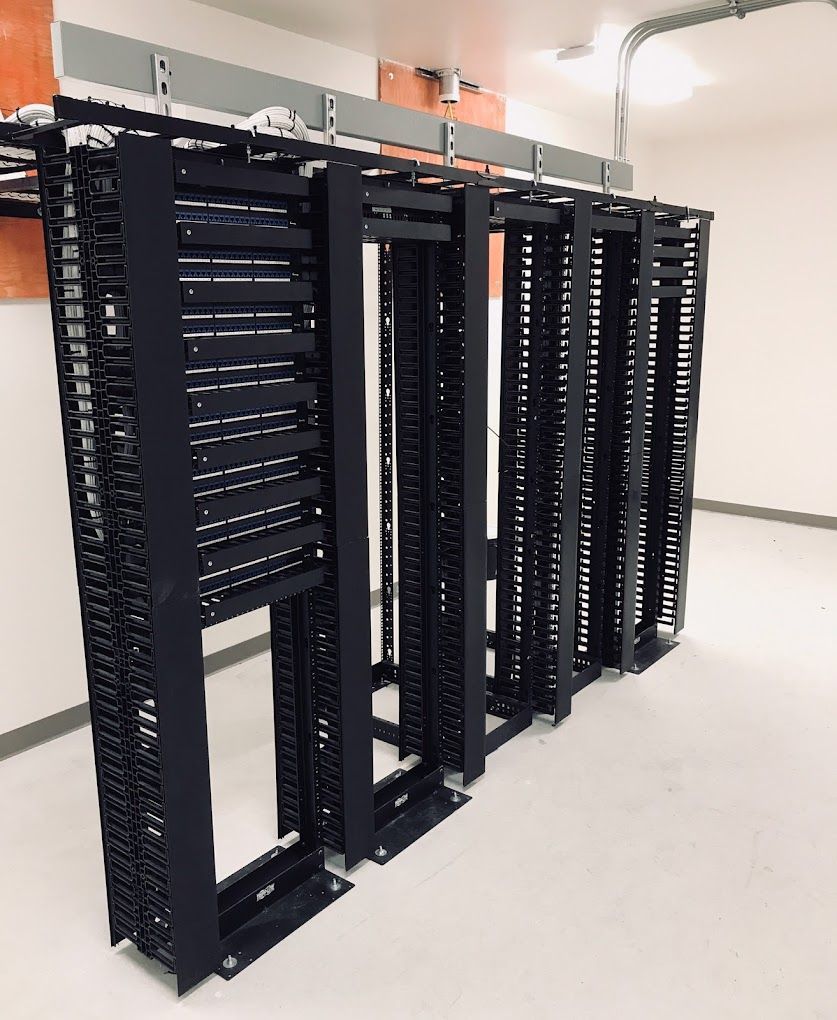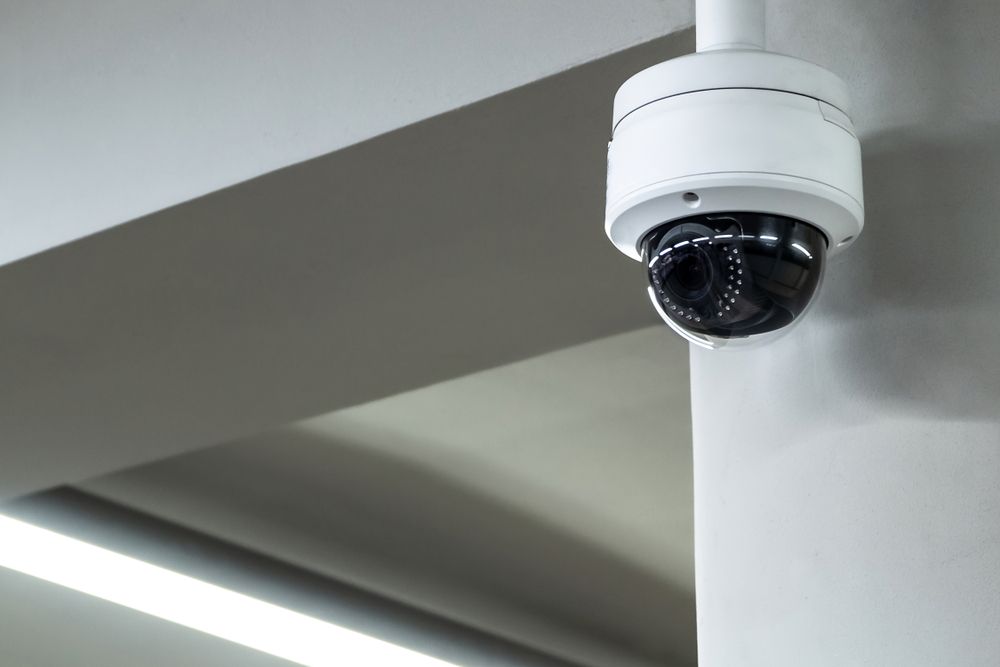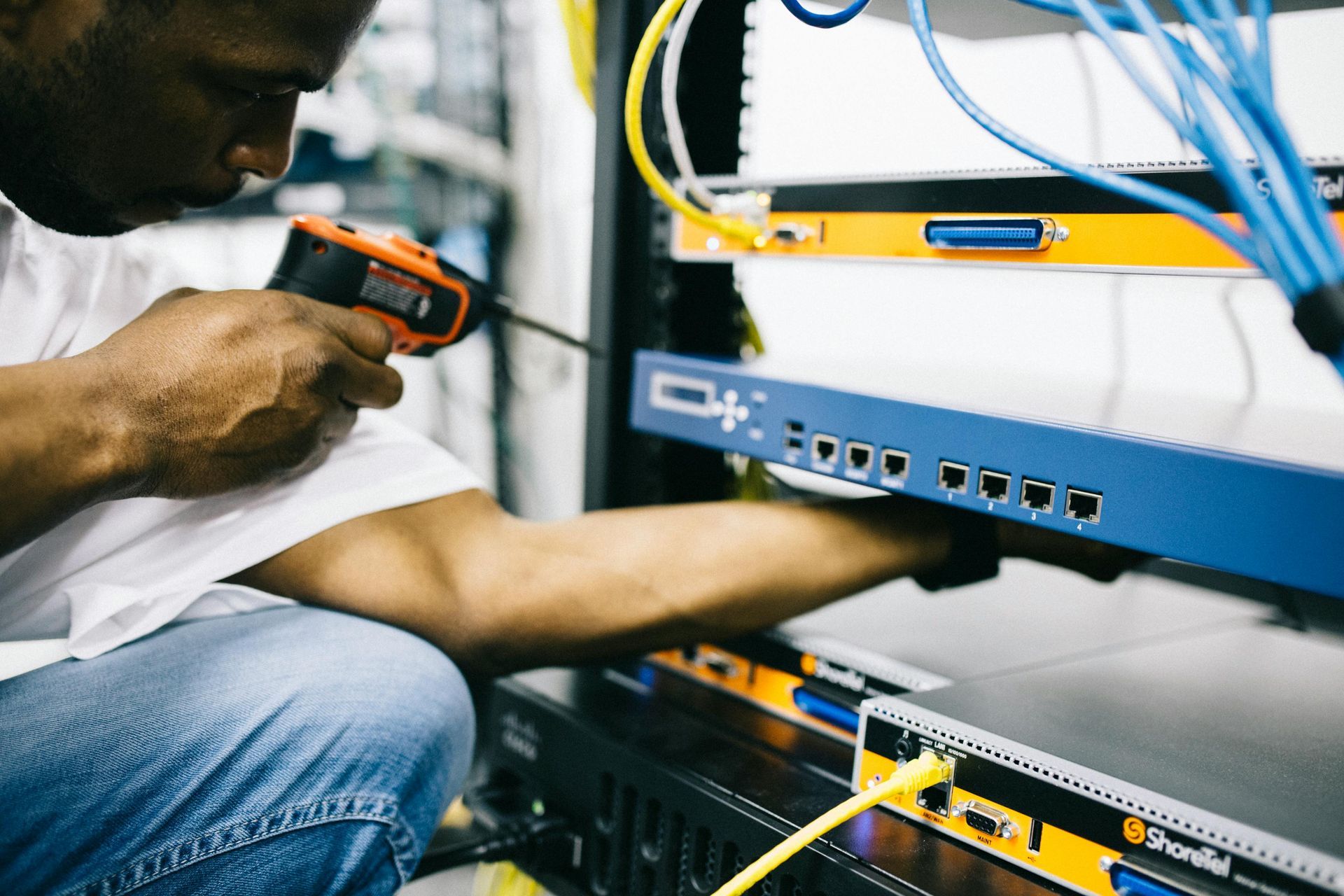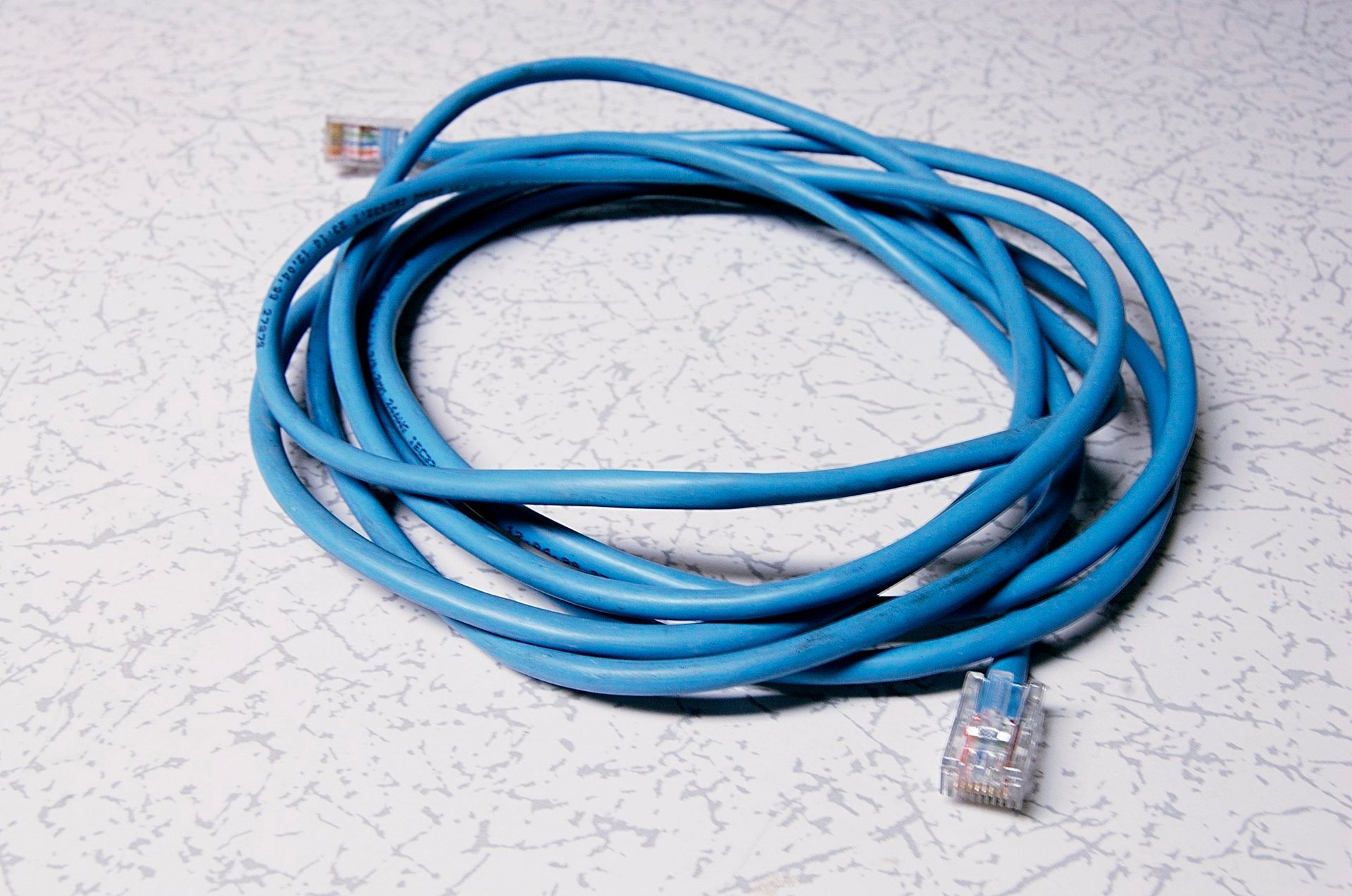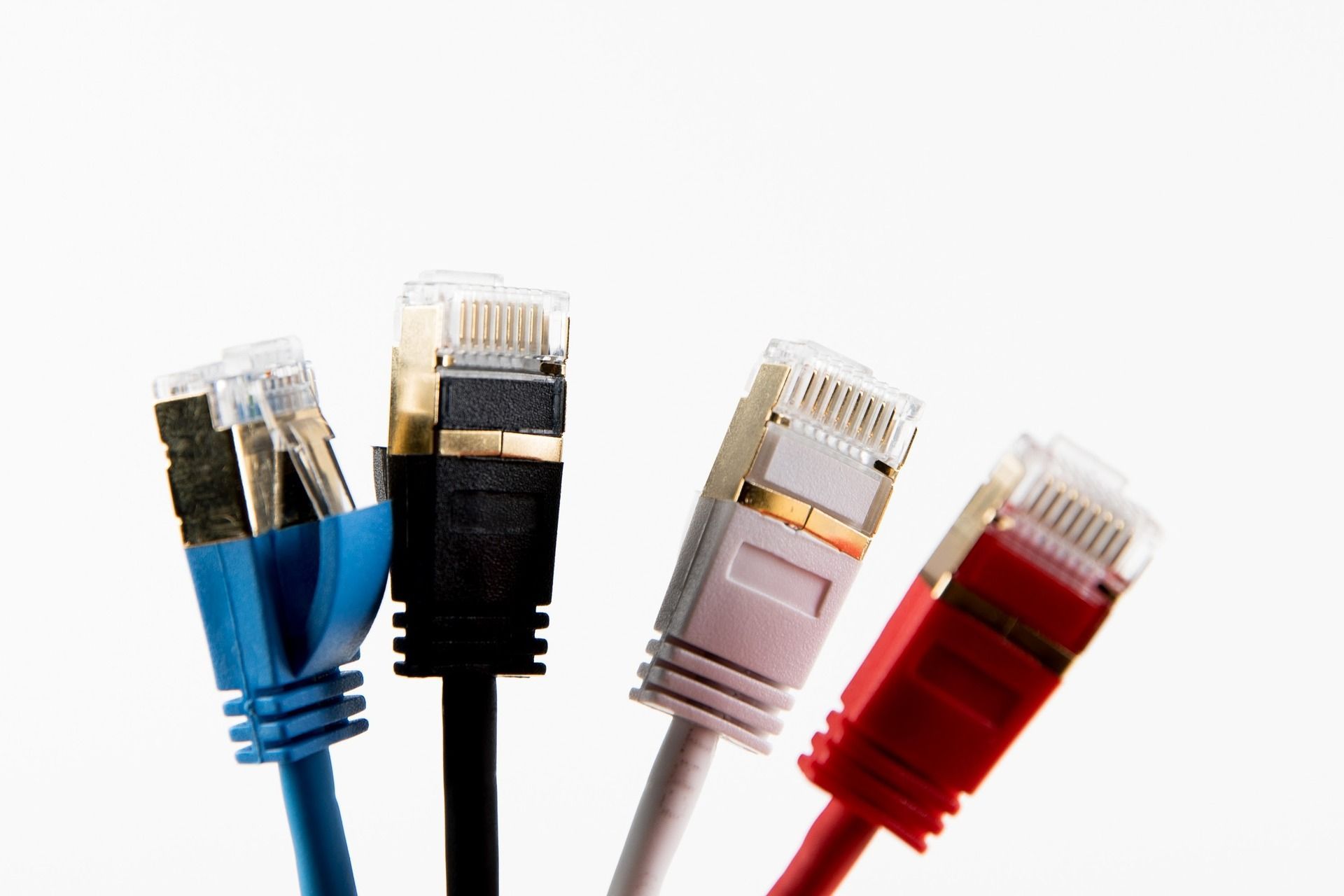When to Replace Your Cables: Signs and Strategies
Cable Replacement: Necessity and Best Practices

Cables are essential components of both communication and electrical systems, yet they wear out over time and require replacement. This blog outlines how to determine when cables should be replaced and provides best practices for effective cable management.
Signs That Indicate Cable Replacement is Needed
- Visible Wear and Tear: If cables show signs of damage such as fraying, abrasions, or persistent kinking, it's time to consider replacement to avoid potential failures and safety risks.
- Decreased Functionality: Issues like erratic performance, data transmission errors, or frequent power disruptions can all suggest that cables are no longer functioning optimally.
- Material Aging: Cables exposed to environmental stresses over time can degrade. Old cables may lose flexibility, becoming brittle and more prone to damage.
Effective Cable Replacement Strategies
- Conduct Regular Audits: Periodically inspecting cables for physical and performance issues can help identify problems before they lead to system failures.
- Choose Upgraded Materials: When replacing cables, opt for those that meet or exceed current technology and quality standards, ensuring greater durability and efficiency.
- Ensure Correct Installation: Proper installation is crucial to extend the lifespan of new cables. Avoid common pitfalls like over-tightening, excessive bending, and exposure to environmental hazards.
- Maintain Comprehensive Records: Document installation dates, types of cables used, and any maintenance conducted. This information can be invaluable for future troubleshooting and maintenance scheduling.
Final Thoughts
Understanding when and how to replace cables is fundamental to maintaining the operational integrity and safety of any networked or electrical system. By staying vigilant for signs of cable wear and following best practices for replacement, you ensure continuous system performance and mitigate the risks associated with worn-out cables.

